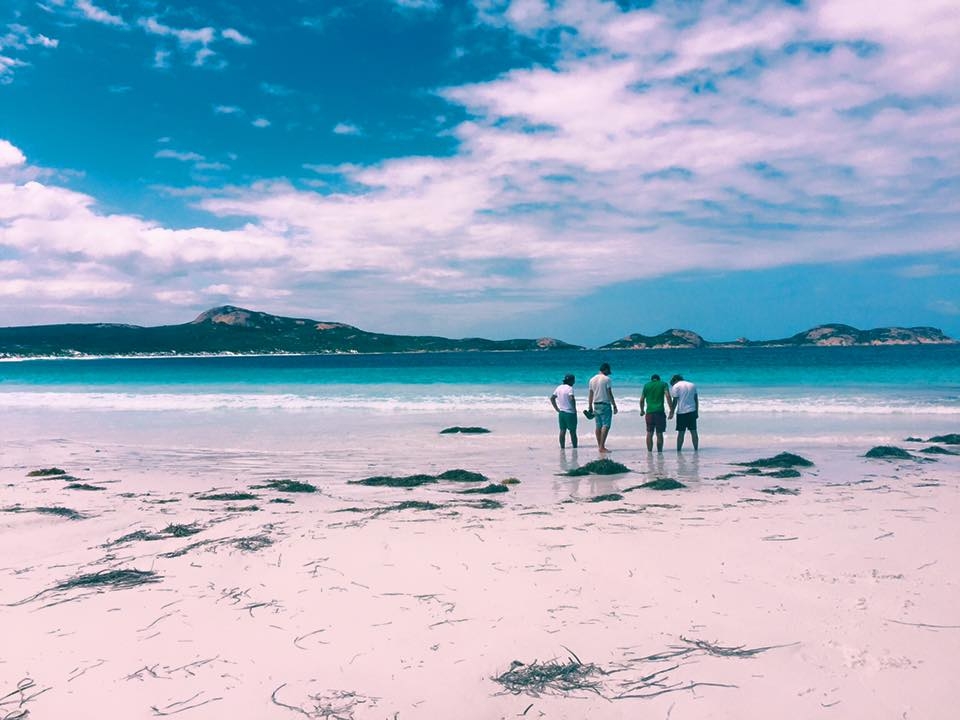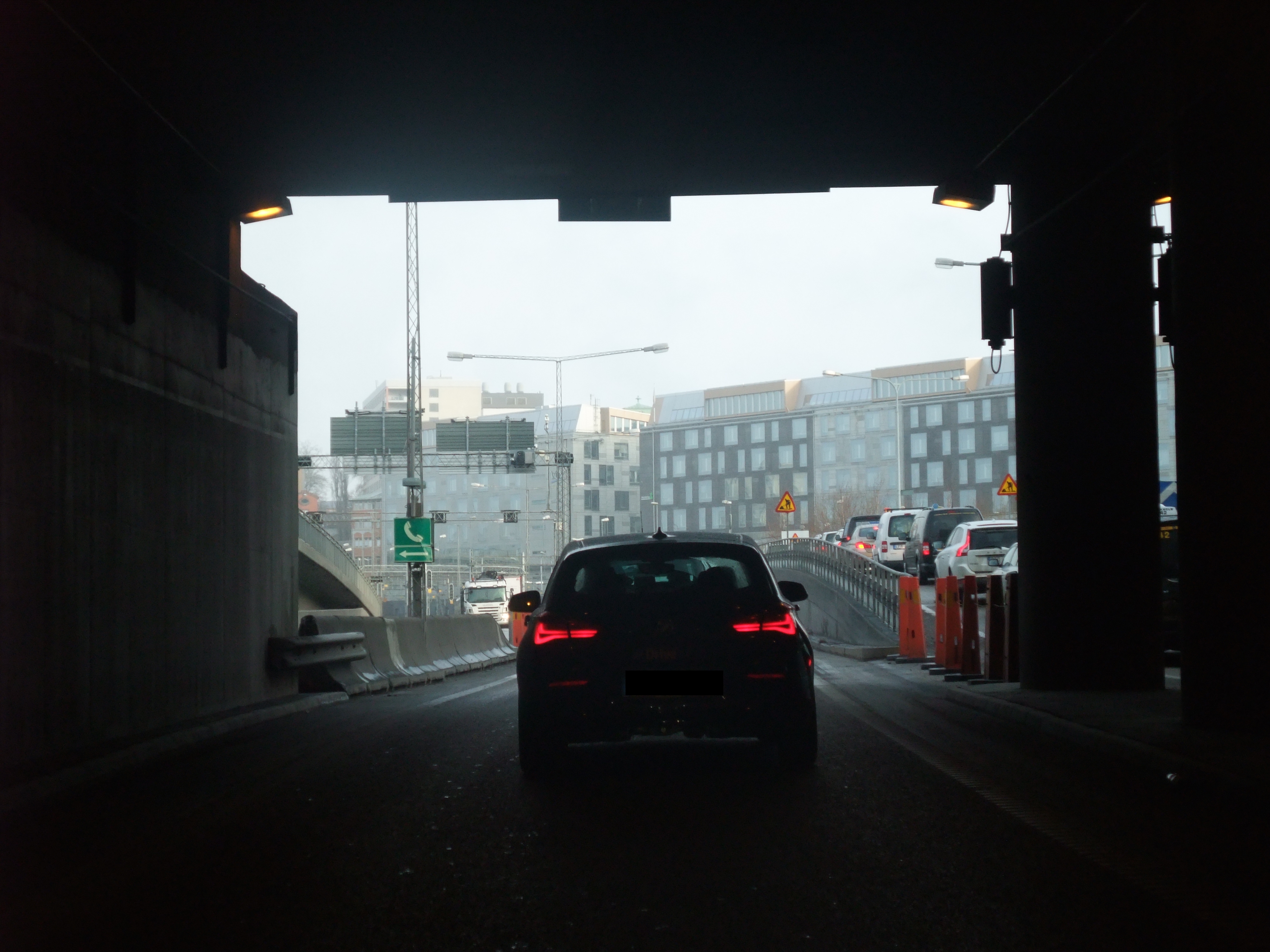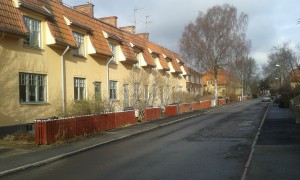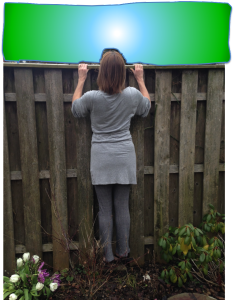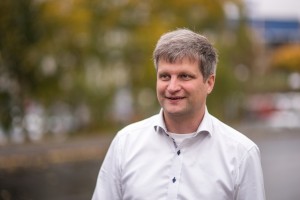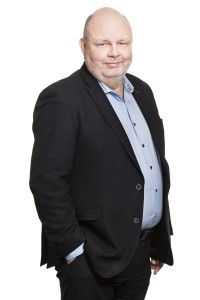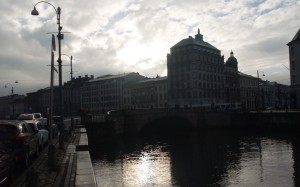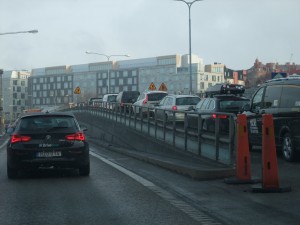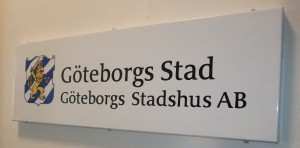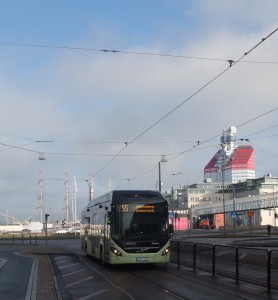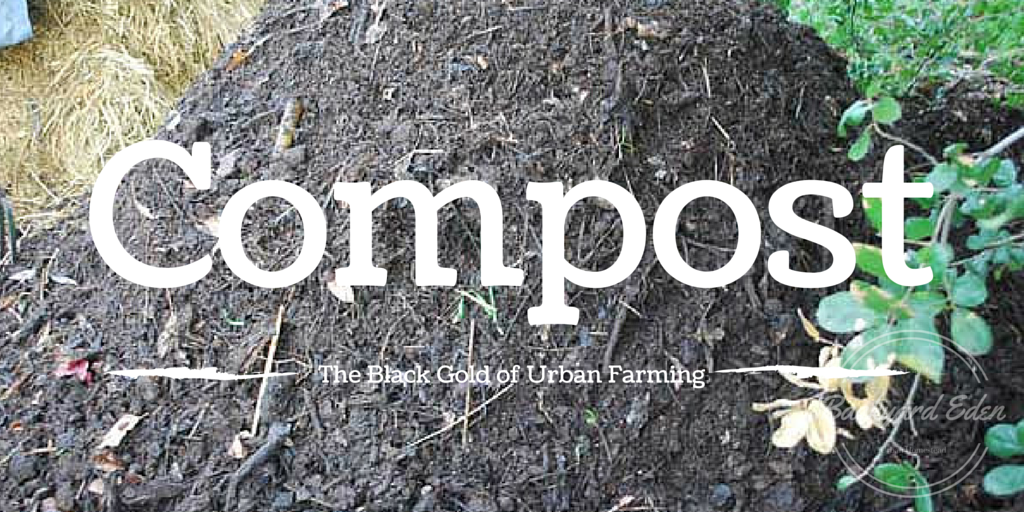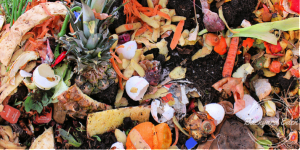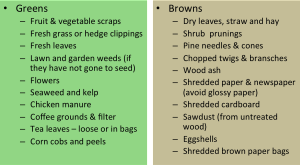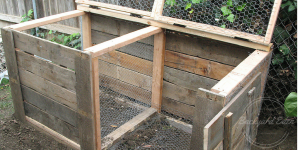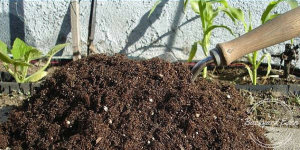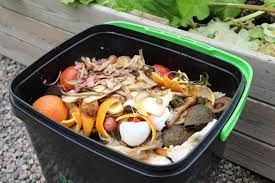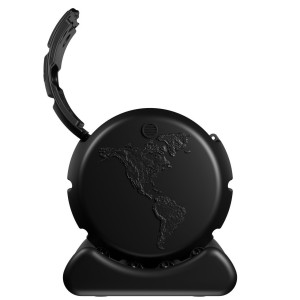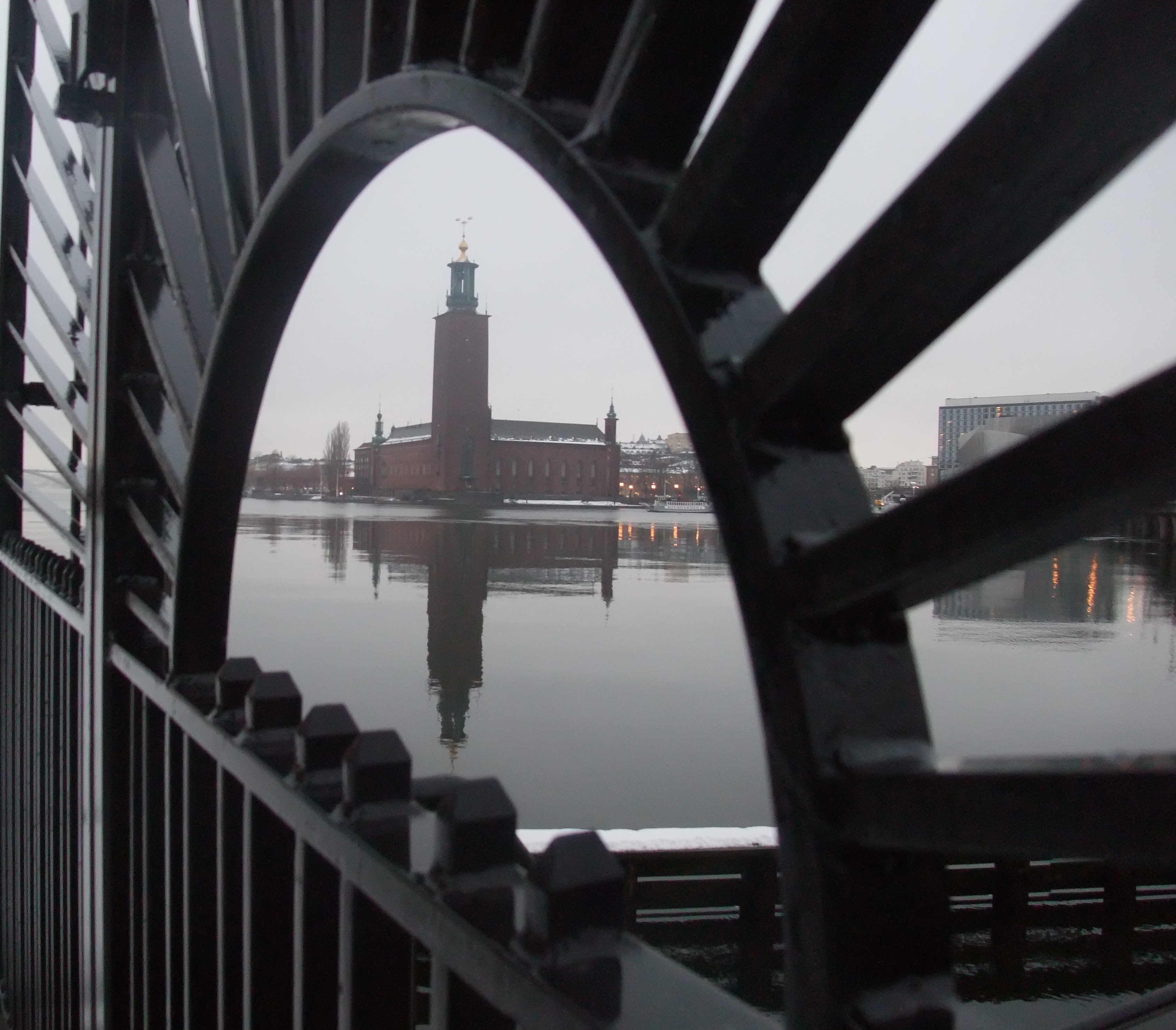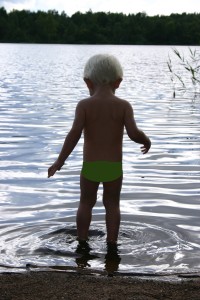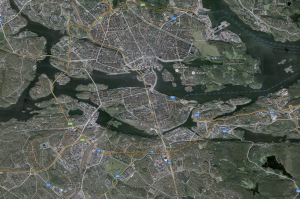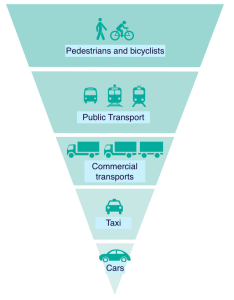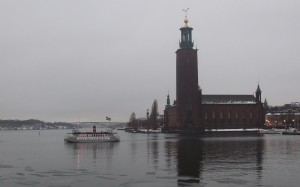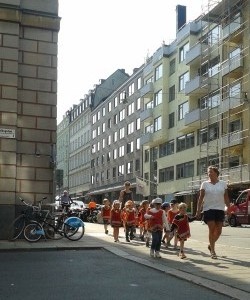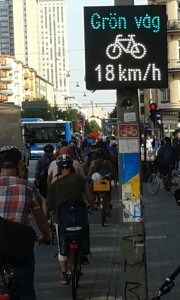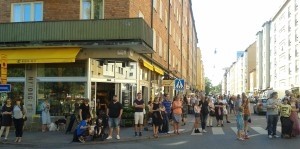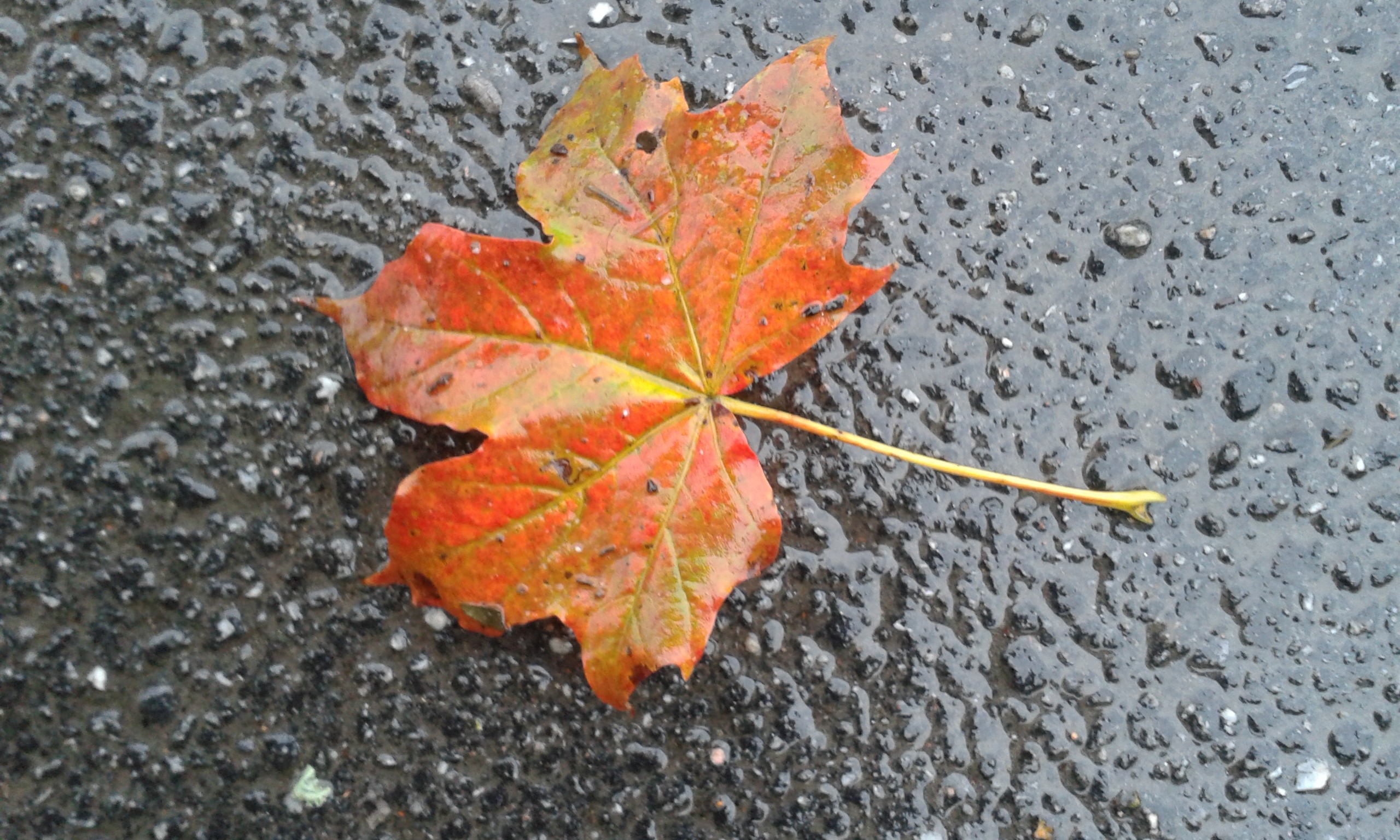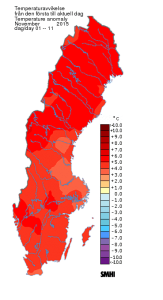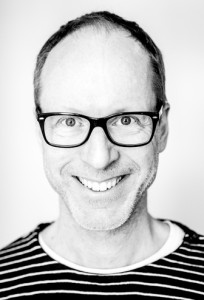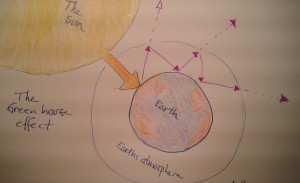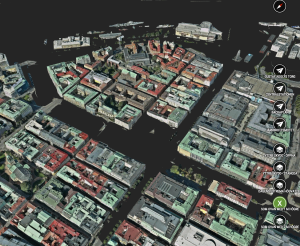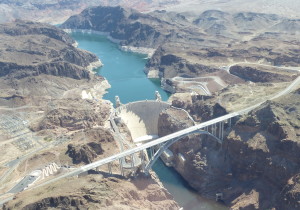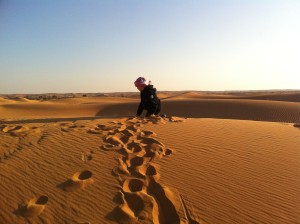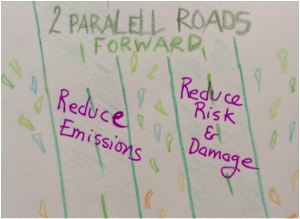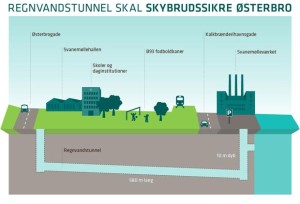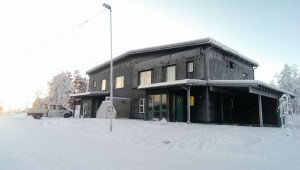A sustainable population. At the beginning of 2016 Australia reached a population of 24 million and worries where cabled over the Internet on how to handle the large population. It intrigued the team at Tellus Think Tank because the Australian continent, in size, is equal to the USA, Europe and China (with populations of 320 Million, 740 Million and 1,3 Billion). Why worries about the meagre 24 million? Text: Domi. Featuring photo: Hanna Isabelle Sjöberg. Photo’s in article: Annika Hals Molnar & Hanna Isabelle Sjöberg
We where lucky to get in contact with Sandra Kanck, President of Sustainable Population Australia (SPA) for an on-line interview that turned out to be very interesting and enlightening. Tellus Think Tank normally strives to share inspiration on sustainable happenings around our globe, to be able to help people and societies chose a more sustainable path.
Our interview with Sandra showed challenges, some still without solutions – which can be inspiring to problem solvers. So let’s hope this interview shares some enlightenment and helps enhance problem solving in that force of friendly individuals that we know exists around the world!
Read more: The Growing Population of Earth.
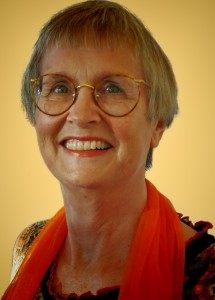
Sandra Kanck, President of Sustainable Population Australia, March 2016.
Sandra, where were you brought up and what brought you to where you are today?
I grew up in Broken Hill, a rural city in outback Australia, and was the oldest of seven children. I learnt early on that my school friends who all came from smaller families had more money to go round. In my early 20’s I became involved in the anti-nuclear movement, and from that progressed to the peace movement and wider environment movement. From there it was a matter of joining the dots and finding the right group to join.

How was your connection to nature in an early age? Do you have any specific memory that sticks out?
Broken Hill was a town of 30,000 people surrounded by arid lands, where kangaroos and emus were common outside the city limits. The dry climate meant I occasionally experienced fierce dust storms, and I was brought up to understand the importance of conserving water.
You are the national president of Sustainable Population Australia (SPA).
What kind of an organisation is SPA and what does SPA stand for / aim for?
SPA was formed almost 30 years ago. We are not a political party, although a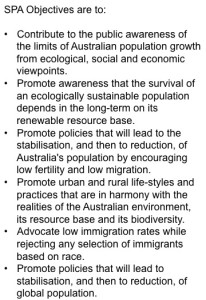 significant number of our members belong to at least seven different political parties to my knowledge. We are registered with the Australian Federal Government as a Registered Environment Organisation, which allows people who donate to us to claim tax deductibility for their donations. Our specific aims are set out in our constitution as follows:
significant number of our members belong to at least seven different political parties to my knowledge. We are registered with the Australian Federal Government as a Registered Environment Organisation, which allows people who donate to us to claim tax deductibility for their donations. Our specific aims are set out in our constitution as follows:
SPA visions a relationship between humans and the natural environment which ensures the integrity and sustainability of the Earth’s life support systems, the on-going evolution of natural living systems and the well-being of every person in a sustainable population.
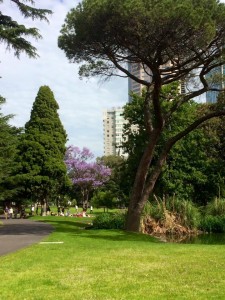
The mission of SPA is to establish Australia as a global model of, and to assist other nations toward, a sustainable ecological life-support system, retention of species diversity and human wellbeing, by influencing public debate and policy with particular emphasis on population size.
How did you get engaged in SPA?
Sandra tellus us: Senator John Coulter employed me. We had worked together in the Conservation Council of South Australia prior to his being elected to parliament. He gave me a membership application form.
The country of Australia is equally as big as the USA (population 320 Million) and China (population 1.3 Billion) and Europe (population 740 million). The population of Australia has just reached a population of 24 Million. SPA and others in Australia are wording worries about the 24 million population of the Australia being to big.
Why is the, in comparison to demographics of other regions on Earth, small population of Australia something to be concerned about? Australia is still very sparsely populated in comparison?

Sandra Kanck:
While Australia’s land mass is relatively large, so too are the environmental constraints:
- Only six per cent of Australia’s land mass is capable of producing food, and that small amount is being trespassed on by urban sprawl as a consequence of population growth.
- The climate is overall arid to semi-arid and impending climate change will exacerbate that.
- The average altitude for the whole country is 330 metres, meaning that there are only a few areas where snow falls with subsequent spring melts.
- Deserts predominate in central Australia where drought is the norm
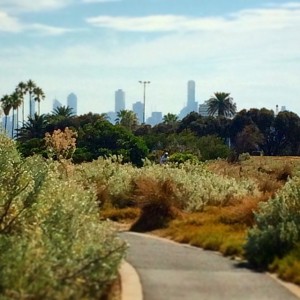
Drought is the norm in many parts of Australia. Photo: Annika Hals Molnar with no potable water sources.
- Geologically, there has been no major uplifting, land building or glaciation for millennia, and the consequence is highly infertile soils with a very low soil profile of no more than 7cm in arid areas.
- The poor soil has been extensively over-grazed. Introduced species such as cats, rabbits, foxes and cane-toads wreak havoc on the natural wildlife.
So Australia is a very arid country, has it not always been dry?
Yes, and to give an idea of the water problems facing Australia, it’s important
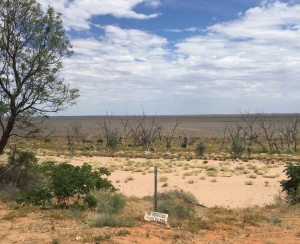
to understand that drought is the norm in most of the country. Droughts used to occur once in twenty years, but they now occur in six out of ten years. Major flooding used to occur once every 5-7 years, but now occur every 14 years.
Australia’s major river is actually a cluster of 23 rivers in what is known as the Murray-Darling Basin. By European standards it is little more than a stream. Although the basin and its tributaries spread over one-seventh of the continent, the annual flow is equivalent to less than a day’s flow of the Amazon. Of the rain falling on the basin 94% evaporates. The basin still produces 40% of Australia’s agricultural produce.
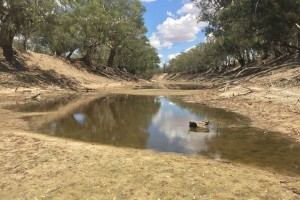
But while Australians are so very dependent on that river system, a 2014 study from Australia’s major science organisation, the CSIRO, predicted a worsening of this situation with a reduction of rainfall in this region of up to 70% by 2070 because of climate change.
Meanwhile, at the present time in Australia, a 400 km stretch of the Murray River has been subject to an algal bloom due to slow-moving water and high temperatures, making that water toxic for human and animal consumption. The algal bloom normally resolves with cooler weather but each year the algal bloom outbreaks are more frequent, more extensive and last longer.
At the same time the southern-most state of Tasmania, which has long prided itself on being energy self-sufficient by using hydro-electricity, has found itself in a crisis situation where the dams that feed the water to produce electricity are at less than 17% of their capacity.
What is the root cause of the sustainability problems in Australia – is it only the growing population?
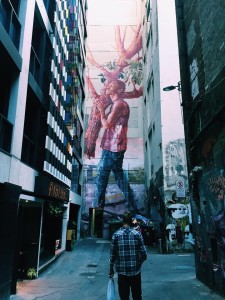
Sandra gives us some facts: Basically the problem is a fragile environment, which can sustain no more than 23 million people according to The Australian Academy of Science. Some estimates set the sustainable level at a much lower figure of 7 million. Whichever of the two figures is correct, at a population of 24 million we have gone beyond Australia’s environmental limits.
What is the main reason for growth of the population?
Over more than a century, successive Australian governments have actively campaigned to increase Australia’s population, and particularly to increase immigration. Until very recently, 60% of the population growth has come from immigration and 40% from natural increase. In the last two years that has altered to a 55%/45% ratio, due in part to a pro-natalist policy introduced a decade ago called the ‘Baby Bonus’.
What would happen if the population of Australia grows, according to some forecasts, to 33 million by 2050? What problems would be directly visible due to the population growth? And indirectly?
Sandra tells it as she sees it:
Directly attributable to population growth:
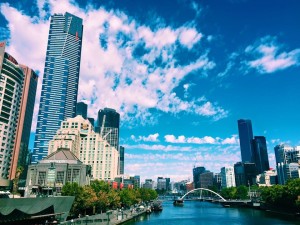
Increased demands for water. Lowering of water tables. Reduced water flow in major rivers including an increase in algal blooms. Increased demands for food production. Declining fish stocks. An increase in the infrastructure deficit. Shortage of affordable housing. Enormous waste management problems. Ingress of saline waters into estuaries and rivers. Increased urban traffic congestion with associated reduction in air quality and an increased demand for fuel. Loss of open space and biodiversity habitat. Urban pressures on agricultural land.
Indirectly: the backlog of infrastructure maintenance will further increase; social dysfunction and political instability related to economic inequalities; possible racial tensions
How will Australia have to do cope with problems arising from a growing population…
The business lobby has convinced the two major political parties that growth

is good, and so they do not see problems arising, and therefore have no solutions.
What would SPA prefer to be the current (year 2016) action?
Acknowledgement from government that there will be big problems in the future has to be first step. Until that happens a conversation about what we need to do is all but impossible.
According to some people – SPA is a racist organisation – what would be your response to this?
I would tell them they are speaking nonsense. SPA has consistently called for a significant increase in our humanitarian (refugee) intake, cutting our immigration intake to allow this to happen. The source of refugees is generally from politically unstable areas in the Middle East and Africa. If we were racist we would set out to exclude them rather than encourage an increase in their numbers.
If the global warming continues it has been predicted that large movement of people over the globe would become a reality, as many will be in search of better living conditions with fresh water etc. If the climate warming continues would people be moving to or from Australia do you think?
Sandra shares insights from the region:
Leaders of some Pacific nations have already indicated that they will want to
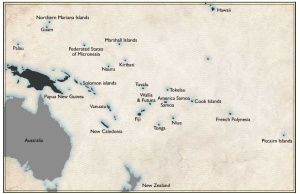
move to Australia. The Australian Government announced at the COP-21 climate change talks that is has allocated $1bn to Pacific nations for adaptive purposes. I believe they think by doing this it will stop them from emigrating. One other choice, in the region, would be New Zealand, as I do not expect they would want to move to another developing nation such as Papua-New Guinea.
Examples of Pacific Nations in trouble because of Global Warming are the Pacific Nation of Tuvalu, with a shrinking population. Inhabitants are emigrating to avoid effects such rising sea-levels, cyclones and high waves. The highest ground on the islands is 4 meters (12 feet) above sea level.
Do you have a view on how the world in general should be handling
The Global increase in population and the increase in migration between regions on earth – due to Global Warming making living regions useless to live in due to the climate change?
In the BBC documentary How Many People Can Live on Planet Earth? Sir
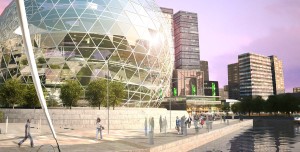
David Attenborough commented: “humanity needs to reduce its impact on planet Earth urgently. And there are three ways to achieve this. We can stop consuming so many resources and we can change our technology. We can also reduce the growth of our population. We probably need to do all three.”
I think that says it all, the question is how to make governments recognise this and act accordingly.
3 Articles on tech and lifestyles that can enhance sustainable living:
Greenhouse Skyscrapers Cars and traffic of the Future About alternative ways of living.
SPA is lobbying the Australian Government to redirect more funds to family
planning and contraception in its foreign aid budget. We believe there is nothing more crucial than directly intervening to provide this particular form of assistance to the millions of women in developing nations who seek it.
While we agree with aid organisations giving priority to the education of women and girls, we keep working to get these groups to understand that this method will take a generation to bring about the necessary changes, whereas contraception and family planning almost immediately empower women.
Environmental refugees are not recognised in the Refugee Convention, and the UN should be looking at this. Without that recognition, no signatory countries would have any obligation to take in environmental refugees.
Do you see any light in the tunnel?
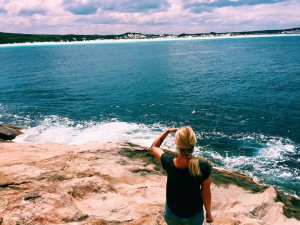
What hope do you see for the world? What can globally be done to increase the possibility of living in better harmony with nature?
SPA members are very pessimistic about what the future holds. We see a
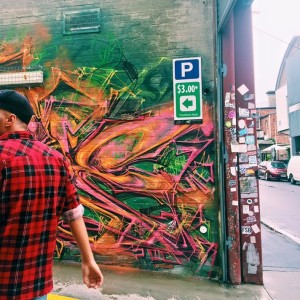
Malthusian future ahead of us given that so many indicators of collapse are coming together at the same time such as population increase, climate change, peak oil (and other resources) and economic instability and with no forward planning by governments.
US environmentalist Ernest Callenbach’s four laws of ecology state: “All things are interconnected. Everything goes somewhere. There is no such thing as a free lunch. Nature bats last.”
Nature will assert itself, we will be given little say, and it will not be kind.
Tellus Think Tank thanks Sandra Kanck for helping us understand
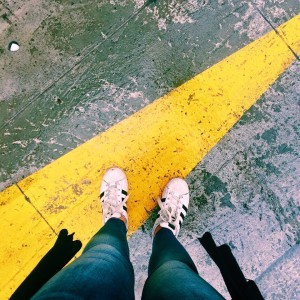
the challenges of Australia and how they are interconnected with the challenges of the Pacific Nations and the rest of the world. Tellus Think Tank, being for a sustainable future, is hoping solutions will be found that will help handle the growing population on Earth. Do you have any ideas or sustainable happenings that you would like to share, send us a message!
Next article: We meet a Swedish animal breeder and farmer – with 50 years experience of building an “eco-dynamic” practise. Click here to be notified…
